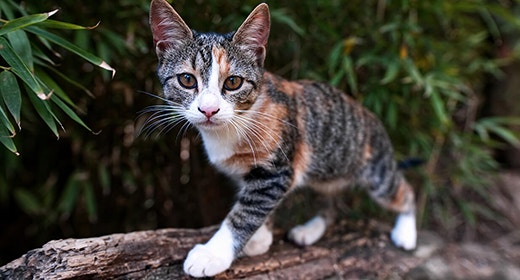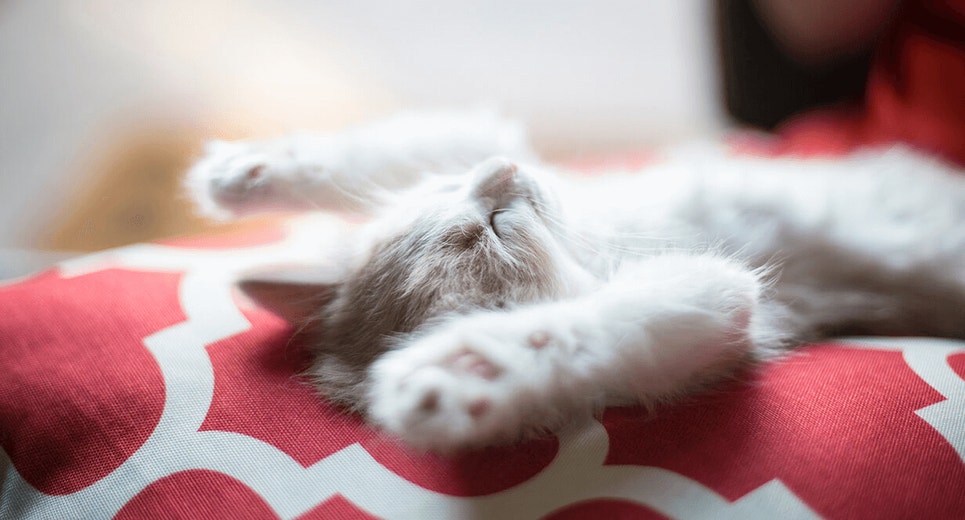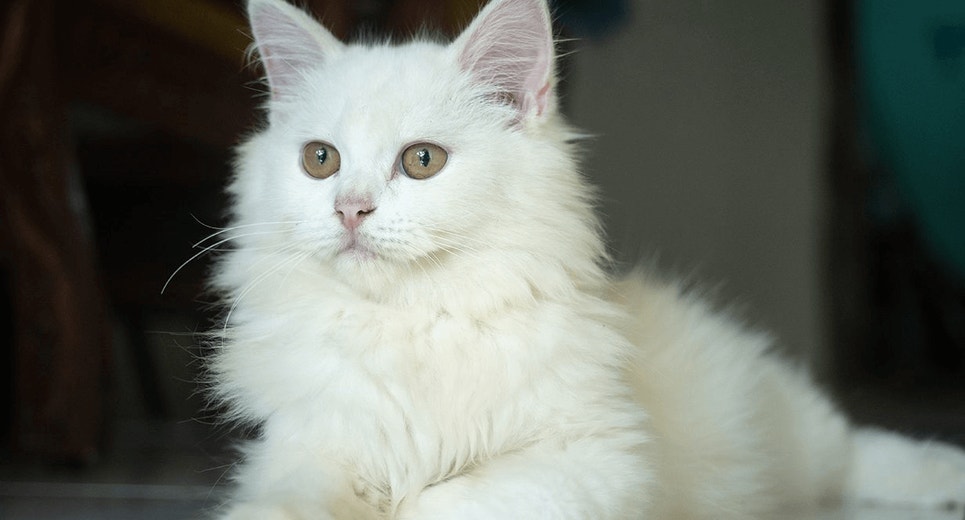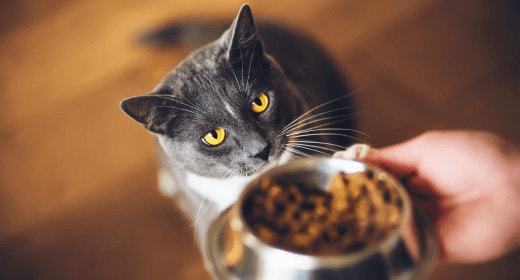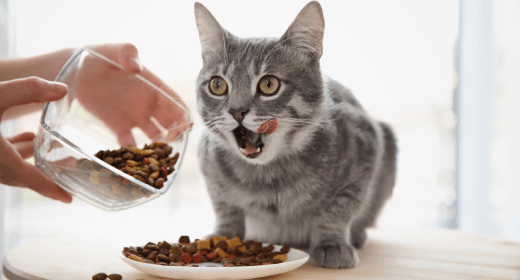
Kitten Basics: Kitten Feeding Tips
Smart kitten feeding tips go way beyond just putting fresh food in a clean bowl. Kittens’ nutritional needs change as their bodies rapidly develop through adolescence. Proper nutrition during these critical growth periods helps kittens mature into strong, healthy adult cats. The following are the essential kitten feeding tips you need to know through your kitten’s first year.
Rapid Growth Stage—2 to 6 Months
After kittens are weaned, they enter a stage of rapid growth, which lasts through the sixth month of life. They need a balanced diet to deliver the nutrients and energy to sustain such rapid development.
Kittens have twice the energy needs of adult cats on a pound-per-pound basis. But their smaller mouths, teeth, and stomachs limit the amount of food they can digest during a single meal. Therefore, it may be best to divide their daily amount to be fed into three or four meals.
Because every bite must be packed with nutrition, kittens require a diet that is specifically formulated for growth. The best choice is a food with animal-based proteins that is highly digestible, nutrient dense, and designed to meet kittens’ unique nutritional needs.
Adolescence Stage—6 to 12 Months
As kittens approach adult size, their nutritional requirements begin to change again. The rate of growth begins to slow, activity levels may decline, and they can eat fewer and larger meals each day. During this stage, kittens begin to look like adults, but they are still growing and need the special nutrition found in kitten food.
The adolescent growth stage is a time when many cat owners are tempted to change a kitten’s food for variety. But cats do not get bored with a consistent diet of high-quality dry food, which can be supplemented with a nutrient-dense canned food for a nutritious change of pace.

Transitioning from Kitten to Adult Cat Food
When your cat is about 12 months of age, it’s time to switch to a maintenance formula adult cat food. At this age, cats no longer need the extra calories and nutrients for growth supplied by kitten food. Remember to make this change, like any other change in a cat’s diet, a gradual one over a period of several days.
Monitor the cat’s weight and body condition during the transition, and adjust feeding portions if necessary. Because cats generally eat only what they need, free-choice feeding is adequate for most cats. However, some indoor cats that don’t exercise much may overeat if fed free choice. In this situation, portion-controlled feeding twice a day is a good alternative.
Avoid Feeding Human Foods
Giving a kitten “human food” and table scraps can lead to undesirable behaviors, such as begging or stealing food. Feeding homemade diets or food formulated for adult cats (especially those designed for weight loss) or supplementing a complete and balanced diet with vitamins could cause nutritional disorders.
What Every Kitten Needs
Kittens and cats are strict carnivores and need the nutrients found in meat. For example, sufficient amounts of taurine (an essential amino acid provided naturally through meat) help cats maintain healthy eyes, heart, and reproduction. All IAMS kitten and cat food formulas have optimal levels of taurine for every life stage.
In addition, kittens and cats must have plenty of fresh, clean water available at all times. Regular visits to the veterinarian help keep kittens and cats happy and healthy.

